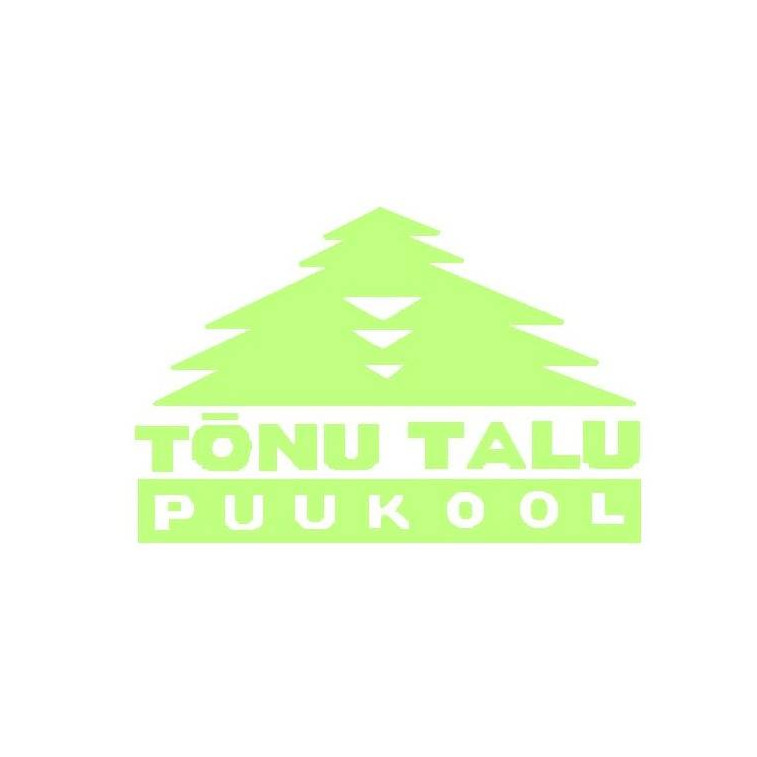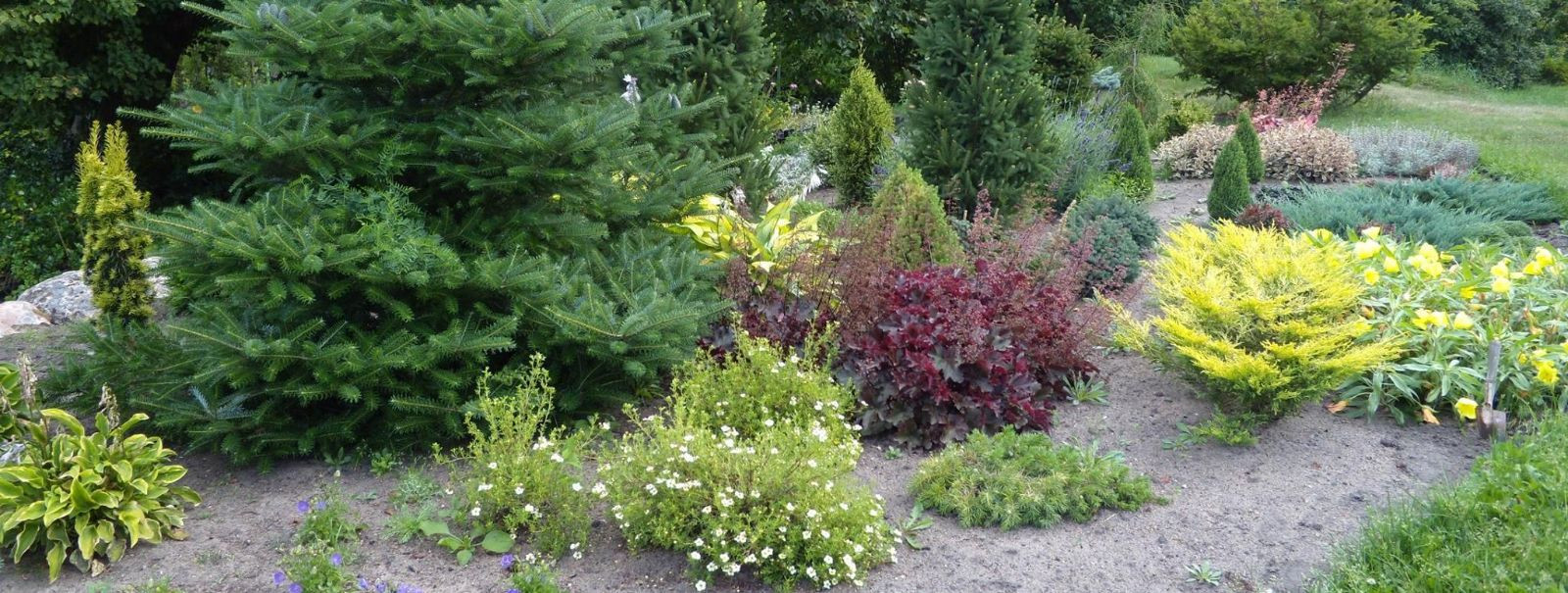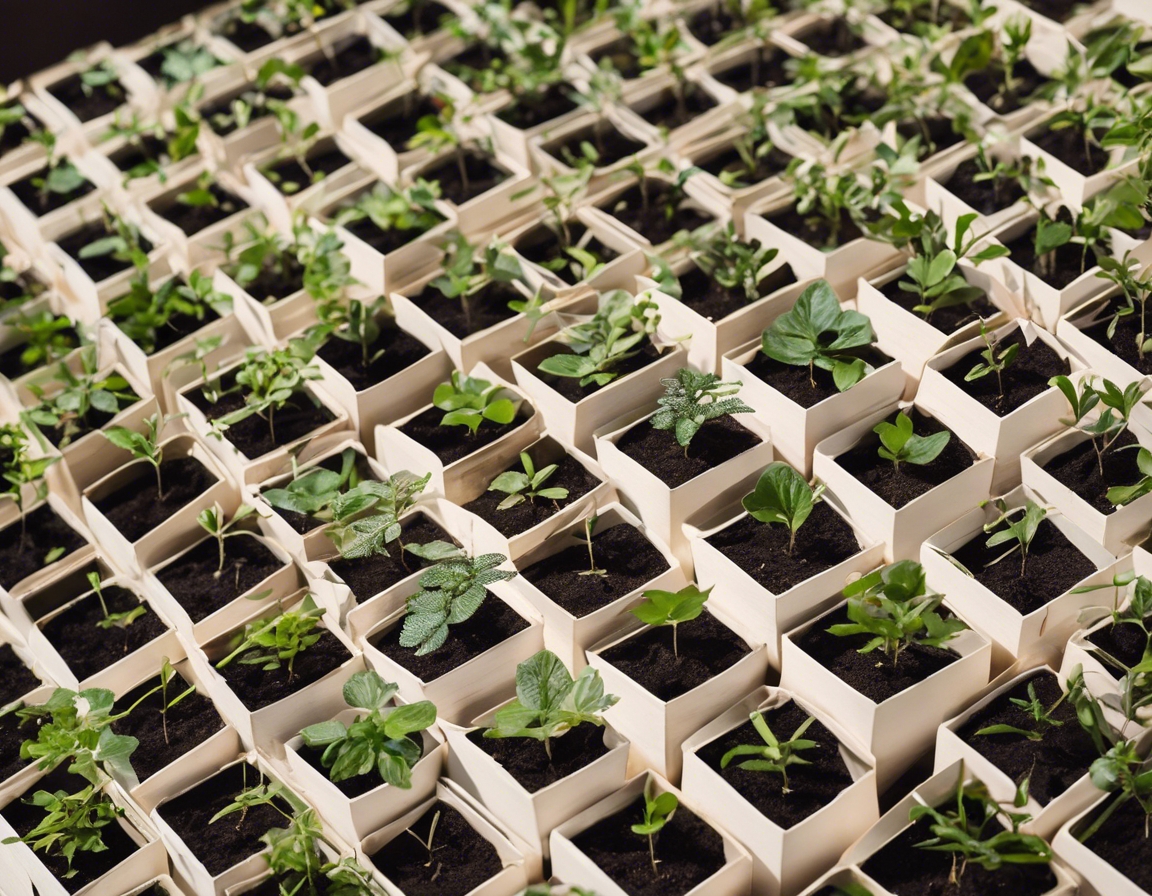The ultimate guide to sustainable landscaping
Sustainable landscaping is an approach to designing, creating, and maintaining outdoor spaces in a way that ensures the health and longevity of the environment. It involves practices that support ecosystem services, conserve resources, and reduce negative impacts on the earth. This approach is crucial for promoting biodiversity, mitigating climate change, and fostering a harmonious relationship between human activities and the natural world.
Adopting sustainable landscaping practices offers numerous benefits, including improved air and water quality, enhanced soil health, increased biodiversity, and a reduction in the urban heat island effect. Communities also gain from these practices through the creation of green spaces that promote well-being, social cohesion, and economic benefits from increased property values.
Principles of Sustainable Landscaping
One of the core principles of sustainable landscaping is the conservation of resources such as water, soil, and energy. This can be achieved through rainwater harvesting, using drought-resistant plants, and employing energy-efficient lighting and equipment.
Preserving and incorporating native plant species not only supports local wildlife but also reduces the need for fertilizers and pesticides, as these plants are well-adapted to the local climate and soil conditions.
Reducing waste and pollution is another key principle, which can be addressed by minimizing lawn areas, using organic mulches, and choosing recycled or sustainably sourced materials for hardscaping.
Designing a Sustainable Landscape
Before embarking on a landscaping project, a thorough site analysis is essential. This includes understanding the topography, soil type, climate, and existing vegetation, which will inform the design and plant selection process.
Selecting the right plants is critical for sustainability. TÕNU TALU PUUKOOL FIE offers a wide range of quality plants that are suitable for various climates and soil types, ensuring that your landscape thrives with minimal maintenance.
Water is a precious resource, and sustainable landscaping emphasizes efficient water use. Techniques such as drip irrigation, rain gardens, and proper plant zoning can significantly reduce water consumption.
Maintaining a Sustainable Landscape
Organic gardening practices, such as using natural fertilizers and pest control methods, play a vital role in maintaining a sustainable landscape. These practices help to maintain soil fertility and prevent harmful chemicals from contaminating the environment.
Composting organic waste contributes to soil health by improving soil structure, fertility, and microbial activity. It also reduces the amount of waste sent to landfills.
Integrated Pest Management (IPM) is a sustainable approach to managing pests that combines biological, cultural, physical, and chemical tools in a way that minimizes economic, health, and environmental risks.
Innovative Techniques and Trends in Sustainable Landscaping
Permaculture is a holistic approach to landscaping that integrates land, resources, people, and the environment through mutually beneficial synergies. It emphasizes sustainable and self-sufficient ecosystems.
Xeriscaping is a landscaping method that reduces or eliminates the need for supplemental water from irrigation. It involves choosing plants that are drought-tolerant and native to the area, which often require less water and maintenance.
Edible landscapes and community gardens are growing trends that combine the production of food with the aesthetic appeal of landscaping. They encourage local food production, community involvement, and sustainable living practices.






Comments (0)